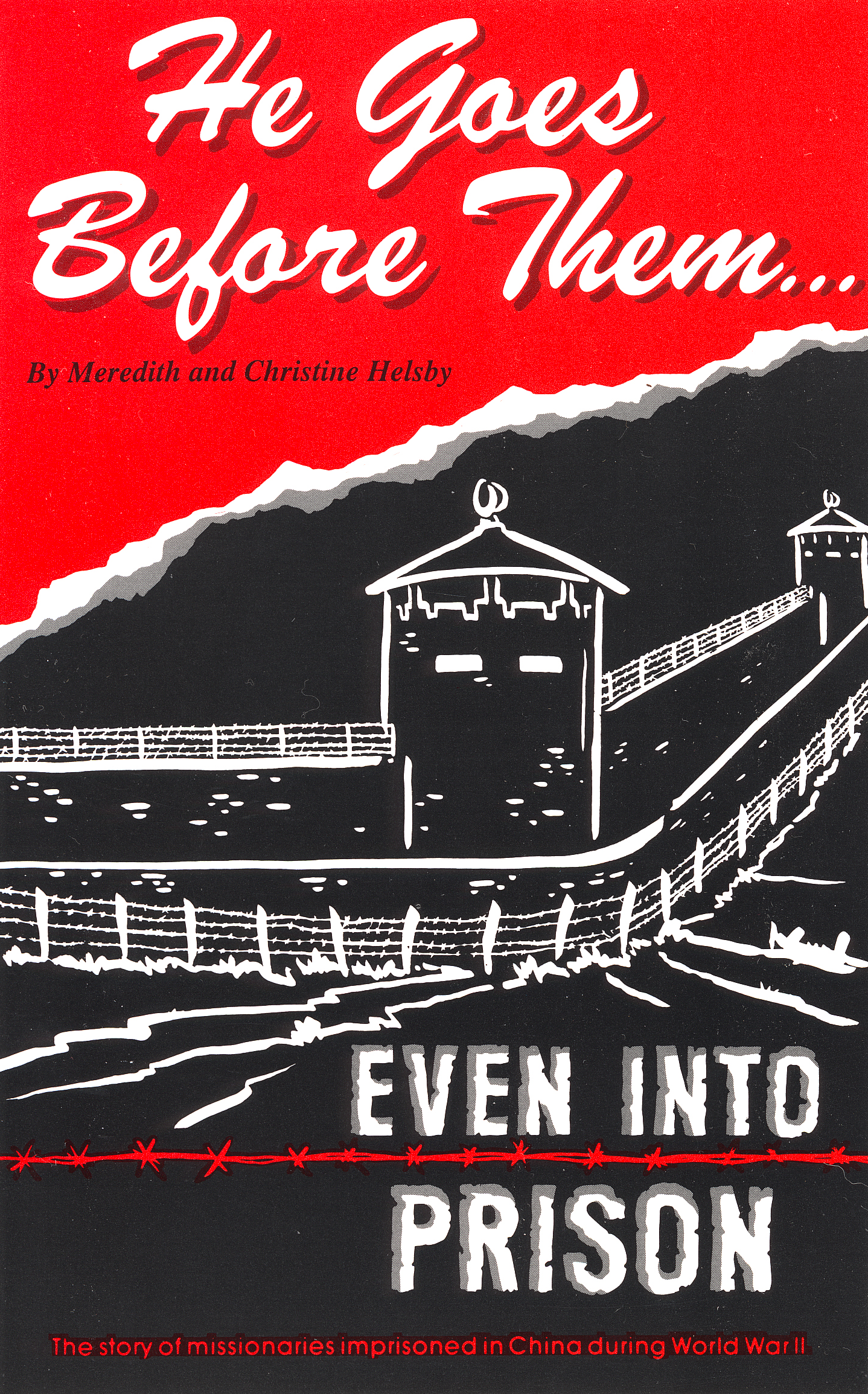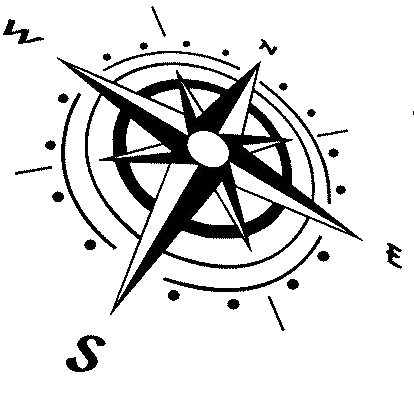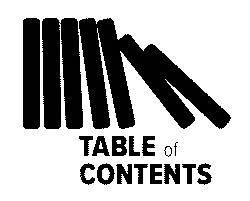
- by Meredith & Christine Helsby
[Excerpts] ...
[...]
 Sunday, August 19, was set apart for special
Thanksgiving services which were held jointly by both Catholics and Protestants.
Sunday, August 19, was set apart for special
Thanksgiving services which were held jointly by both Catholics and Protestants.
Praising together, tears of joy flowed shamelessly down every cheek. Never, it seems, were hearts more grateful. At the services everyone who had any kind of uniform wore it.
What a conglomeration of dress — uniforms and insignia of the Boy Scouts, Girl Guides, Rangers, military services of various countries, and of course the Salvation Army.
Three days after liberation we found ourselves again gazing with wonder into the skies at the approach of U.S. planes. These were B-29s, so huge they seemed to dwarf the B-24s that had come earlier.
We guessed they were based in Guam, Saipan and Okinawa. Theirs was a supply mission.
Again the huge bomb bays opened and a succession of multi-colored parachutes drifted down-ward.
All were laden with a cornucopia of supplies, everything from food stuffs and medicines to clothing (but this again for men only!).
Many rushed out to receive this incredible “manna” raining down on us from the skies and in doing so very nearly met their doom. Fifty-gallon metal drums had been welded together forming heavy tubes as large as sofas, all packed with goods. These huge pallets of supplies had evidently been assembled with haste.
The parachutes which bore labels “not to exceed 350 pounds” were dangerously overloaded. Cords snapped and cargoes plummeted to earth with murderous force. Some of us came within inches of being hit by these “bombs”.
During the whole of World War II my most terrifying experience came at this time, when I and my crew of Chinese workmen were out in the open fields gathering up supplies.
A second formation of planes came in, and heavily loaded pallets were landing all around me. I was frightened beyond words, running in circles, but finding no protection.
One Chinese teenager was less fortunate. At the time he was a few yards from me in the kaoliang field when a heavy bedding roll broke free, falling directly on him, mashing his body into the soft earth. Though unconscious and badly bruised, he was not dead.
We carried him to the camp hospital where he eventually recovered from his injuries. The supplies continued to come for several weeks averaging a drop every three days.
Understandably the Chinese, intent on availing themselves of the goods, swarmed into the fields to lug off anything they could carry away.
This resulted in some humorous incidents. One Chinese who had learned a few words of English was discovered devouring the contents of a tube marked “cream” a word he had learned. The fact that the contents did not taste like ordinary cream could be explained by the other word on the tube which was “shaving,” an English word he had not learned.
Another villager had copped a large bottle of vitamins. When he saw foreigners approaching, he feared they would confiscate his prize. Taking off the cap, he gulped down the entire contents of the bottle!
Many of the items descending on us from the skies we had never seen before.
“What is ketchup?” one missionary was heard to ask.
“Are you supposed to drink it or what?” DDT and band-aids were alike products we had never heard of.
[excerpt]
Almost like Rip Van Winkle we were projected into a world from which we had been isolated for four years.
So much had happened, of which we hardly knew anything.
The world was full of new inventions. Even new words. To ease us back into civilization our liberators set up orientation classes. Using large maps, they charted for us the progress of the war leading to the signing of the documents of surrender on the Battleship Missouri.
They also taught us a whole glossary of new terms — GI, jeeps, D-day, kamikaze, pin-up girls!
Some internees judged that our liberators were a bit overzealous in their desire to propel us into American culture when they roused us from slumber at 6 a.m. with blaring jazz and pop songs, broadcast over the camp’s new RA. system.
One Britisher was heard to mutter, “We’ll have to have war all over again in order to get some peace!”
[excerpt]
The last group being evacuated by railway had arrived at the hotel at night.
The next morning upon awakening, one of the small children looking out his window at the vast expanse of the Pacific Ocean shouted excitedly to his mother, “Mommy, Mommy, come here and look at this big cesspool!”
For the youngster who had known only one world in his lifetime, and that, with-in the enclosure of the Weihsien compound, the camp cesspool was the only “body of water” he had ever seen.
As the several groups were moving out, the Lord began to make it clear that we should go back to Peking before returning to the U.S. We knew it would be some time before non-military personnel would be allowed to enter China, and there were many mission matters that needed immediate attention. So with much prayer, we asked to be flown to Peking.
[excerpt]
After the first group of internees was repatriated, it was 19 long days before word came that we could leave camp.
On October 14 we boarded Japanese military trucks for a four-mile ride to the newly constructed airstrip.
Since the Chinese Communist Eighth Army had blown up railway bridges we would be airlifted to Peking rather than traveling by train.
[excerpt]
On the tarmac we found a C-46 plane waiting for us, still wearing its olive-green and khaki-brown camouflage. Inside, canvas bucket seats were situated in long, uncomfortable rows along the sides of the plane. Our pilot took a special interest in Sandra, now almost five years old.
After takeoff he invited her into the cockpit, and she spent much of the flight in his lap.
In two short hours we were landing in Peking. What a contrast to that excruciating night-long journey (and into most of the next day) which had taken us, as captives, from Peking to Weihsien.
Back in our “hometown” we felt as free as newly released birds.

[further reading]
http://www.weihsien-paintings.org/GordonHelsby/Helsby(WEB).pdf
#








